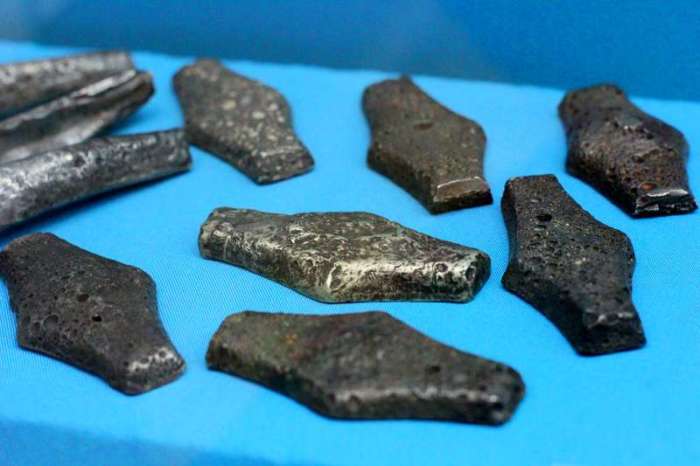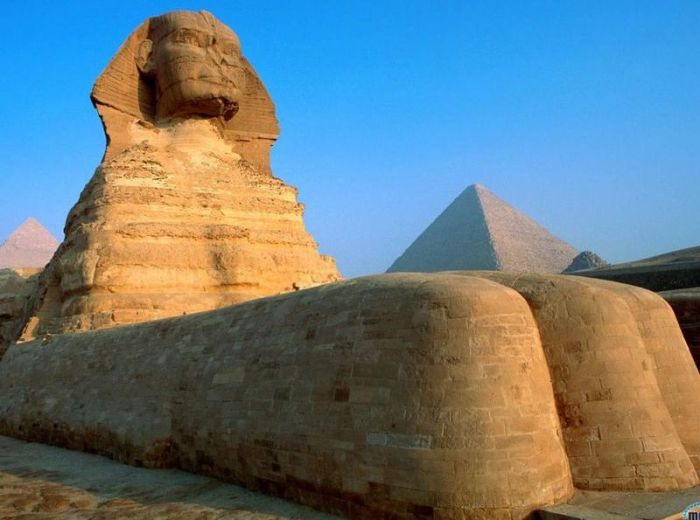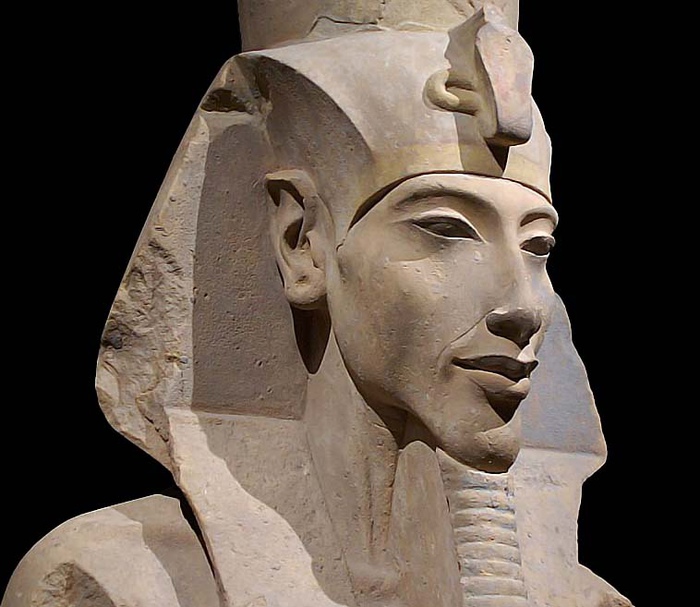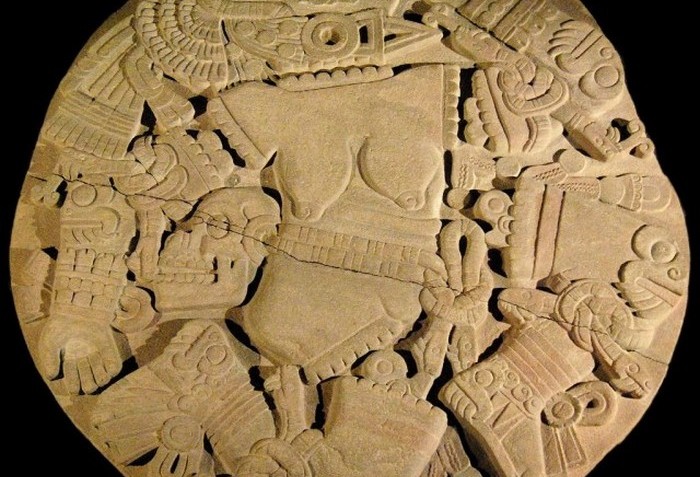always drawn
Riddle of Alexander of Macedon: Why “the flight of Tsar Alexander” was popular in Russia and throughout the Christian world
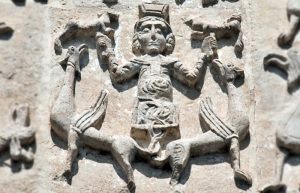 A unique pectoral cross was found on the land of the former Drutsk faction, which emerged in the 11th century on the way “from the Varangians to the Greeks”. Crosses with the image of the Crucifixion from this period have come down to us a little, the image of the Crucifixion is much more common on encolpions, but this is not the main thing. Not for nothing, the cross from Drutsk was found on the way from the “Varangians to the Greeks”, some “Varangian”, Scandinavian features are present in the design of the cross, but this does not make it unique. Of particular interest is the image on the back of the cross.
A unique pectoral cross was found on the land of the former Drutsk faction, which emerged in the 11th century on the way “from the Varangians to the Greeks”. Crosses with the image of the Crucifixion from this period have come down to us a little, the image of the Crucifixion is much more common on encolpions, but this is not the main thing. Not for nothing, the cross from Drutsk was found on the way from the “Varangians to the Greeks”, some “Varangian”, Scandinavian features are present in the design of the cross, but this does not make it unique. Of particular interest is the image on the back of the cross.
The crucified Christ is depicted with closed eyes – it means already dead on the cross, but the head is straight. Above the cross nimbus is a depressed inscription ICXC. With the increase, the depressed points are visible not in the palms, but above the wrists, depicting nail heads. Continue reading
The Riddle of Easter Island: What Archaeologists Know About Gigantic Scenery
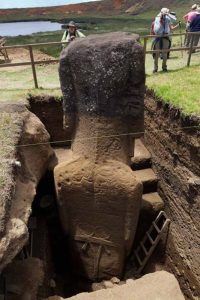 The mystery of Easter Island stirs the minds of historians and enthusiasts over the centuries. It has not yet been possible to explain the origin of the giant stone statues installed on the most remote inhabited island. Scientists are puzzled over how the multi-ton statues moved around the island, and what the drawings on their bases, found during excavations, mean.
The mystery of Easter Island stirs the minds of historians and enthusiasts over the centuries. It has not yet been possible to explain the origin of the giant stone statues installed on the most remote inhabited island. Scientists are puzzled over how the multi-ton statues moved around the island, and what the drawings on their bases, found during excavations, mean.
Scientists suggest that the indigenous peoples who lived on the island created stone statues of moai in memory of their ancestors. A new sculpture appeared in honor of every deceased chief of the tribe or other important personages.
The islanders carved statues from volcanic rock. To implement their plans, the sculptors have developed a special technology. At first, they plentifully moistened the rock, waiting for it to soften, and only after that they began to work with it. A team of 5-6 sculptors usually worked on one statue, it took about a year to create a moai. The manufacturing process took place at a quarry located in the center of the island in the crater of an extinct volcano. Many statues still remain there. The main mystery is connected with those moai, which are installed on the coast. Understand how the islanders delivered stone giants to the right place until it is possible. Continue reading
10 new discoveries that turned the ideas of ancient Egypt upside down
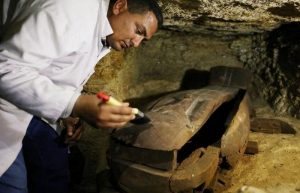 Ancient Egypt is full of secrets and therefore attracts scientists who are looking for clues to the secrets of civilization. And although the excavations in Egypt are carried out almost constantly, and at the same time using new scanning equipment, this ancient civilization constantly presents scientists with new surprises. New names of Egyptian kings, travels that changed history and even new discoveries in what seemed to be studied along and across the pyramids – quite recently many new discoveries were made, which will be discussed in this article.
Ancient Egypt is full of secrets and therefore attracts scientists who are looking for clues to the secrets of civilization. And although the excavations in Egypt are carried out almost constantly, and at the same time using new scanning equipment, this ancient civilization constantly presents scientists with new surprises. New names of Egyptian kings, travels that changed history and even new discoveries in what seemed to be studied along and across the pyramids – quite recently many new discoveries were made, which will be discussed in this article.
1. Cemetery of the Priests of Thoth
Thanks to this unusual discovery, the year 2018 can be another “critical” year for Egyptologists. Not far from the town of El Minya, in the Nile Valley, a large necropolis was discovered. Continue reading
